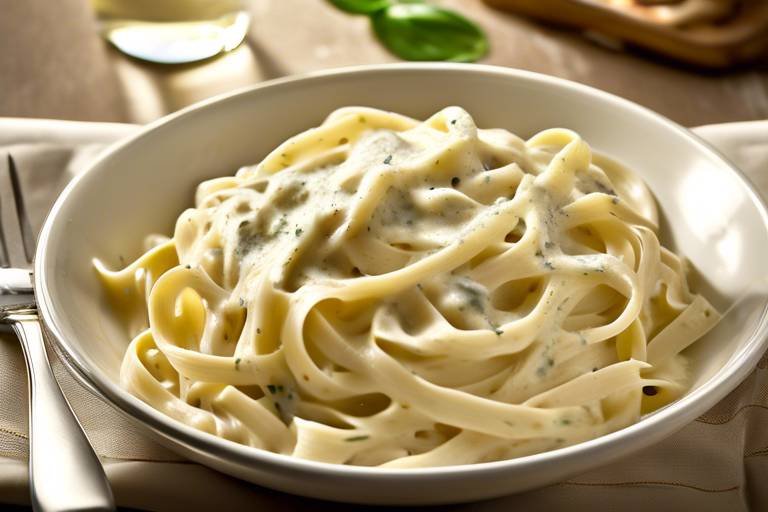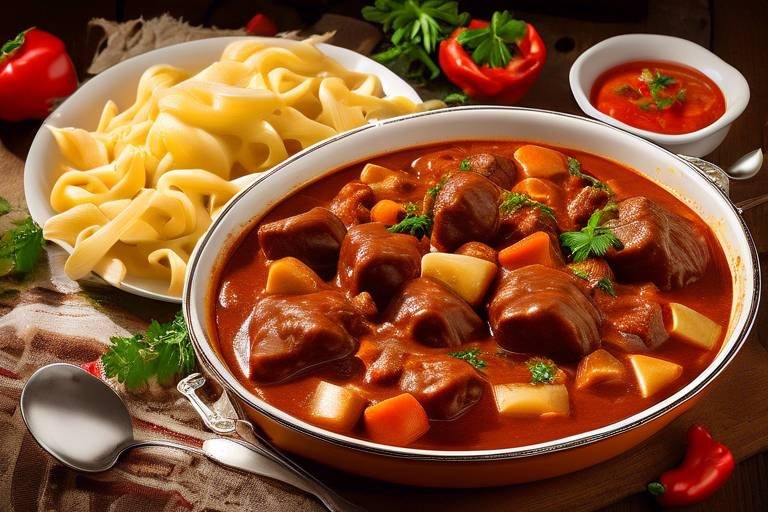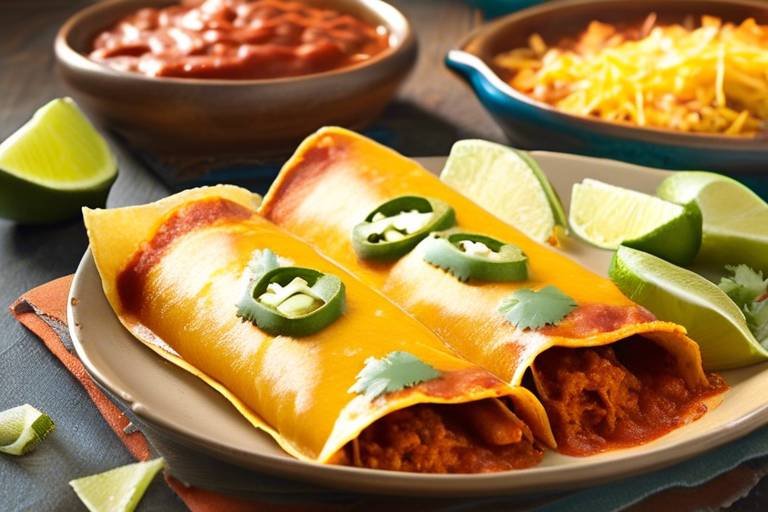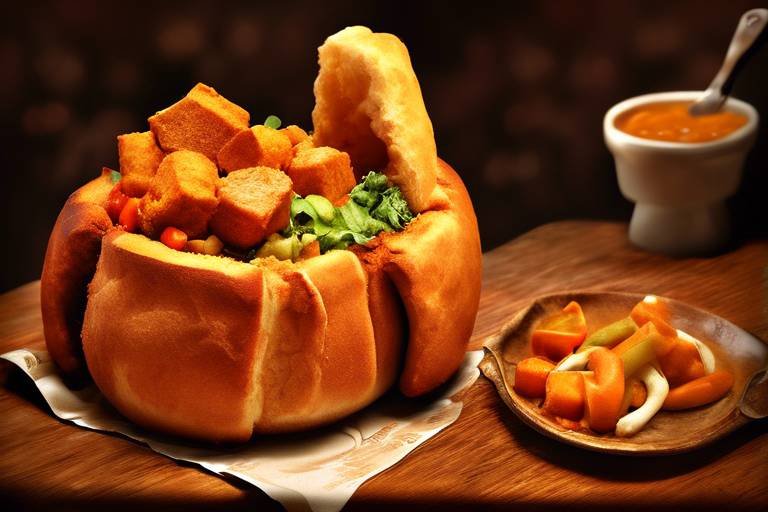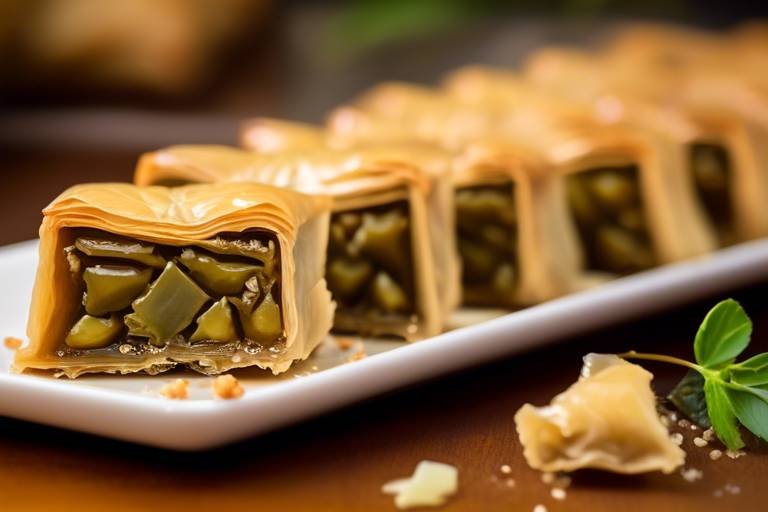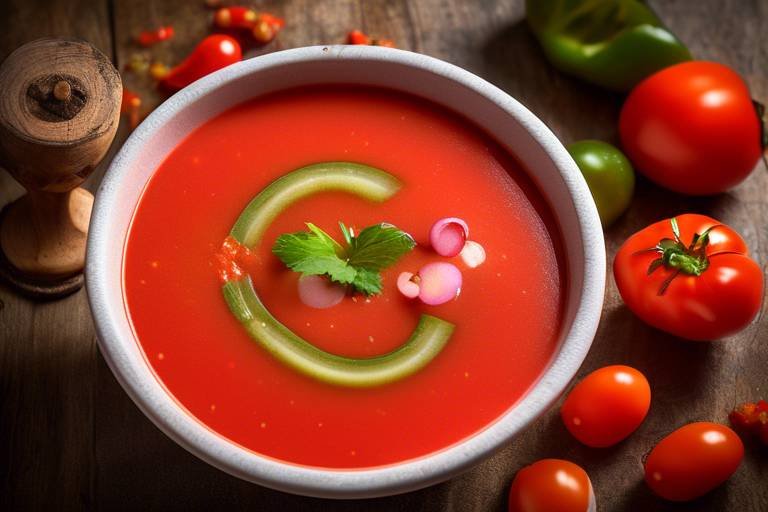A Taste of Authentic Italian Fettuccine Alfredo
Indulge in the exquisite flavors of authentic Italian cuisine with a plate of Fettuccine Alfredo, a classic dish renowned for its rich and creamy sauce. This culinary masterpiece has captured the hearts of food enthusiasts worldwide, offering a delightful blend of flavors and textures that tantalize the taste buds.
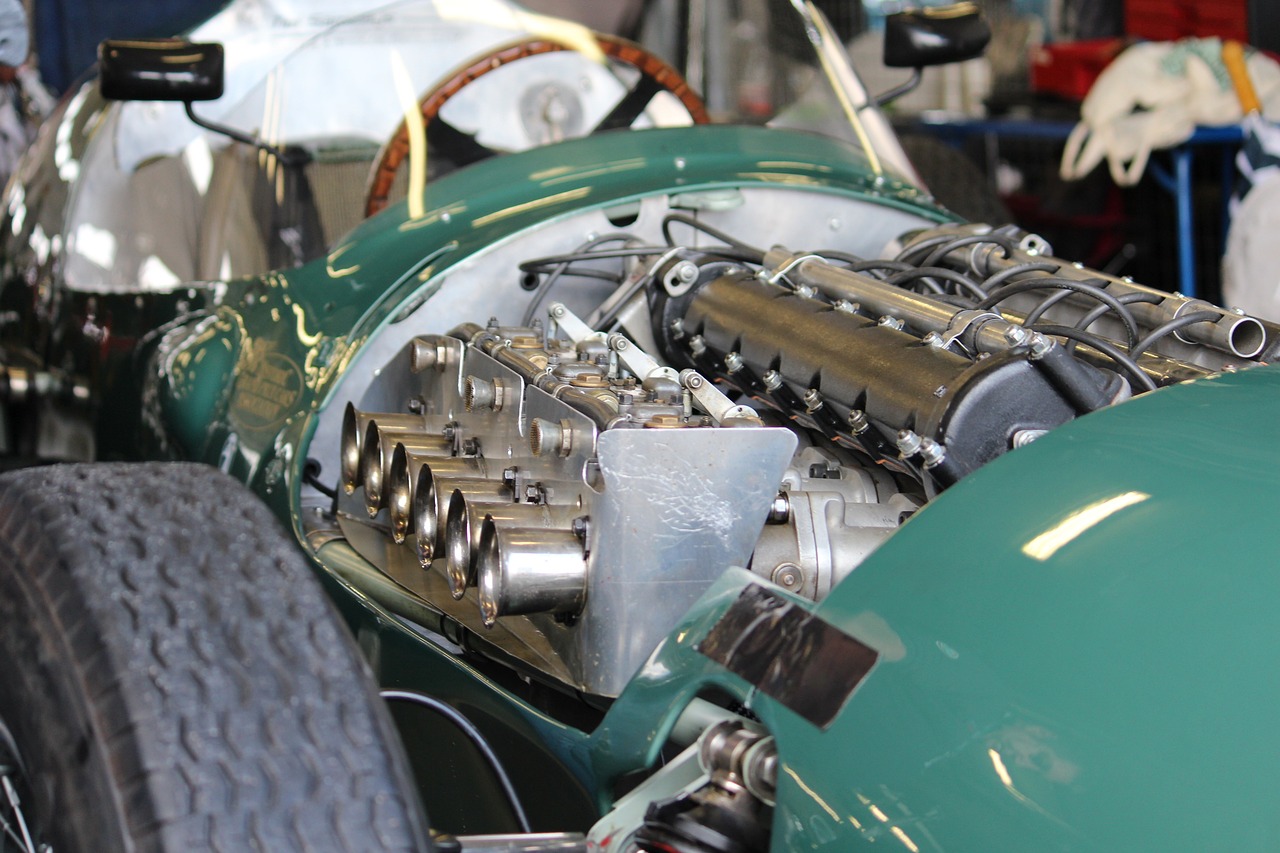
History of Fettuccine Alfredo
The is a tale steeped in tradition and culinary excellence. Legend has it that this iconic dish was first created by Alfredo di Lelio, an Italian restaurateur, in the early 20th century. Alfredo concocted this indulgent pasta dish as a means to satisfy his pregnant wife's cravings, aiming to create a simple yet sumptuous meal. Little did he know that his creation would captivate the taste buds of countless individuals worldwide.
Originally known as "Fettuccine al Triplo Burro" or "Fettuccine with triple butter," the dish gained popularity not only for its rich flavors but also for its heartwarming backstory. Alfredo's restaurant in Rome became renowned for serving this creamy pasta, attracting celebrities and food enthusiasts alike. The dish's fame eventually transcended borders, making its way to international menus and home kitchens.
Over the years, the recipe for Fettuccine Alfredo has evolved, with variations incorporating different ingredients and techniques. However, the essence of the dish remains rooted in Alfredo's original vision of creating a decadent yet straightforward pasta masterpiece. Today, Fettuccine Alfredo stands as a symbol of Italian culinary heritage, cherished for its timeless appeal and comforting allure.

Ingredients for Authentic Fettuccine Alfredo
When it comes to preparing an authentic and mouth-watering plate of Fettuccine Alfredo, the key lies in selecting the finest ingredients that come together to create a symphony of flavors. The essential components required for crafting this classic Italian dish are simple yet crucial, each playing a vital role in achieving the perfect balance of creaminess and richness.
At the heart of Fettuccine Alfredo lies the fettuccine pasta itself, a long and flat noodle that serves as the foundation for the dish. The broad shape of fettuccine allows it to hold the velvety Alfredo sauce effectively, ensuring that every bite is coated in the creamy goodness that defines this pasta masterpiece.
Butter and Parmesan cheese are the dynamic duo that forms the base of the iconic Alfredo sauce. The butter adds a luxurious silkiness to the sauce, while the Parmesan cheese brings a sharp and salty kick that elevates the overall flavor profile. When combined, these two ingredients create a harmonious blend that is both decadent and comforting.
When sourcing these ingredients, quality is paramount. Opting for high-quality fettuccine pasta, fresh butter, and authentic Parmesan cheese will undoubtedly enhance the final outcome of your Fettuccine Alfredo. The marriage of these top-notch ingredients is what sets apart an ordinary pasta dish from a truly exceptional culinary experience.
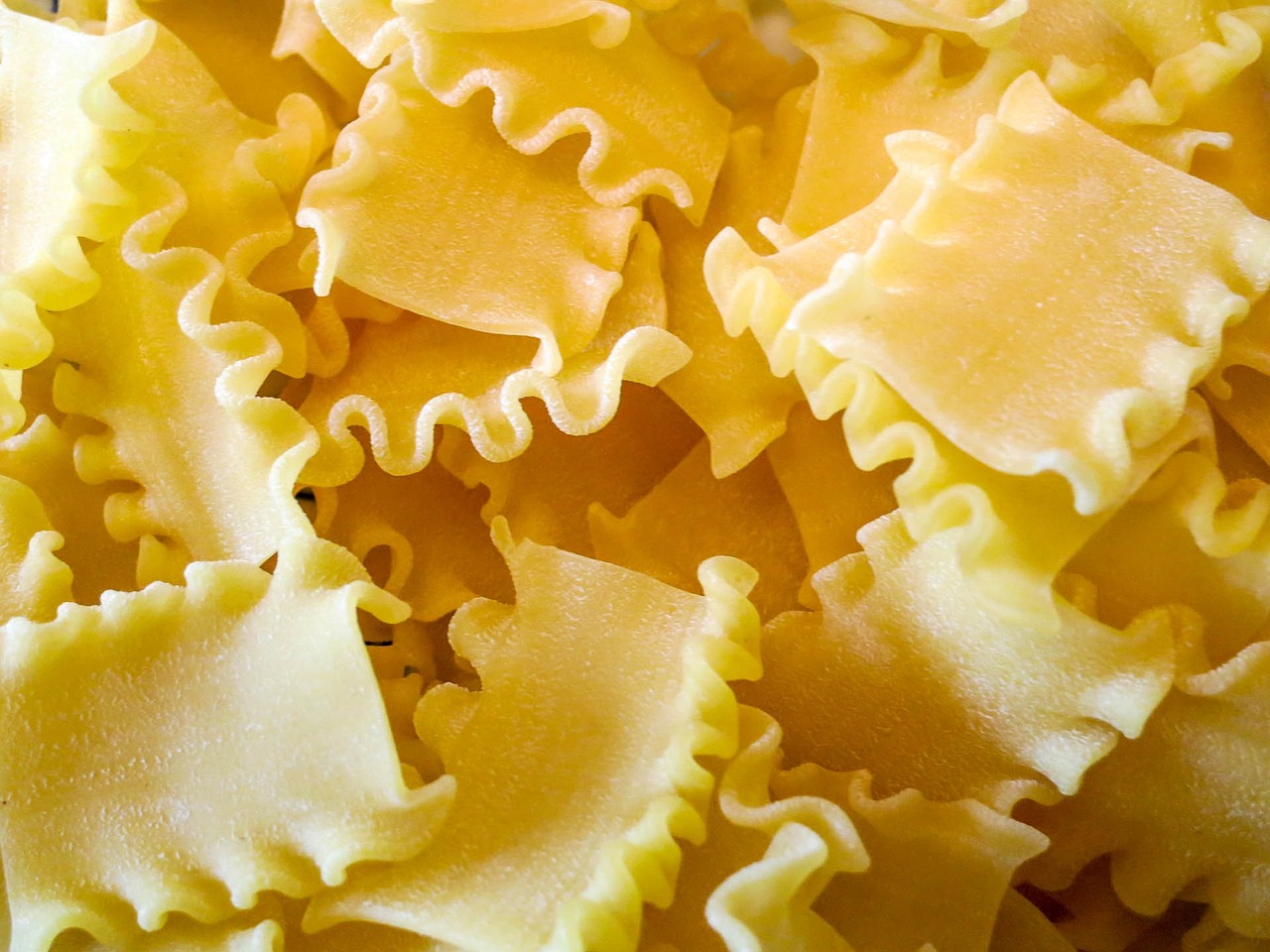
Fettuccine Pasta
Fettuccine pasta is a key element in creating the authentic and delightful Fettuccine Alfredo dish. This type of pasta is long and flat, similar to tagliatelle, but wider in width, providing a substantial and satisfying bite with each forkful. The broad surface area of fettuccine allows it to hold onto the creamy Alfredo sauce effectively, ensuring that every strand is coated in rich flavor. The texture of fettuccine pasta is crucial, as it should be cooked al dente, retaining a slight firmness to complement the smoothness of the sauce.
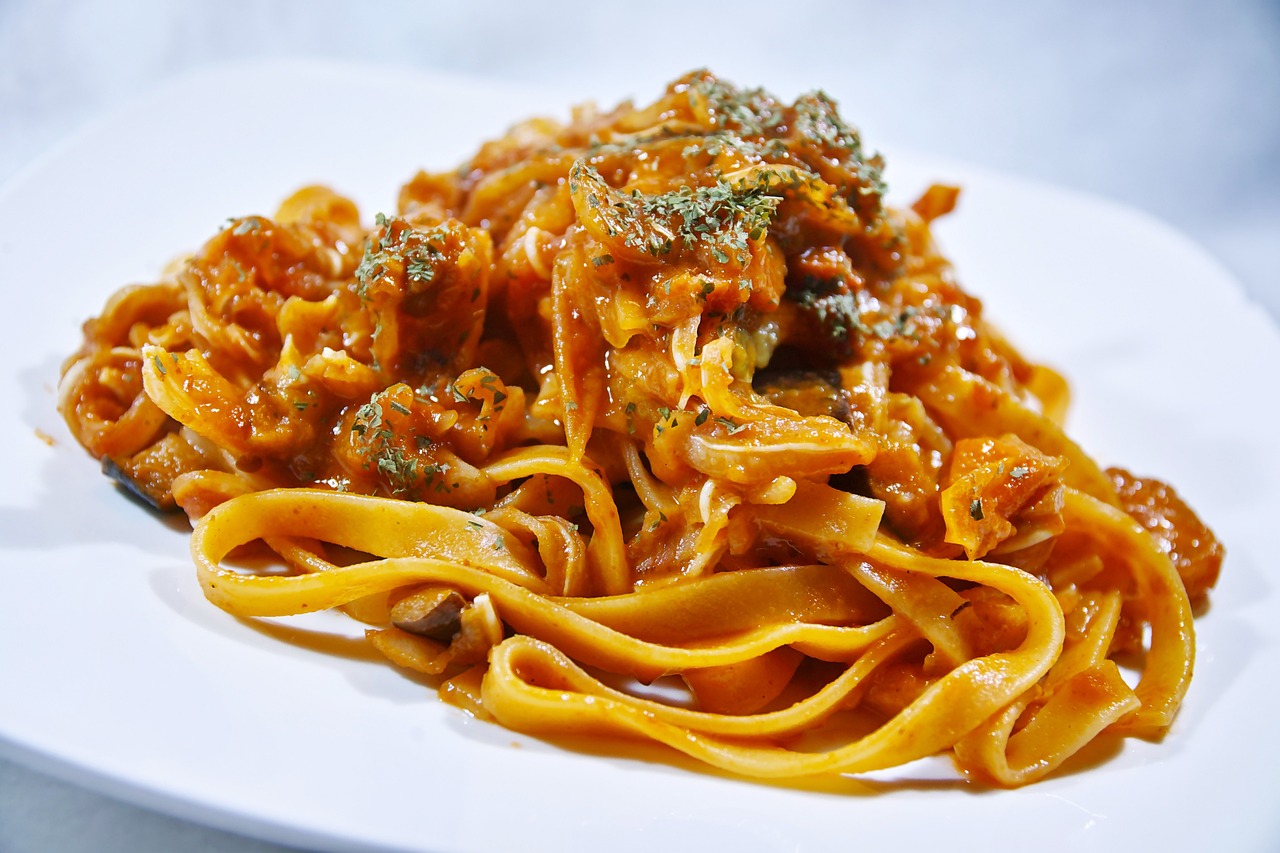
Butter and Parmesan Cheese
When it comes to creating the luscious and indulgent sauce that defines Fettuccine Alfredo, two key ingredients stand out: butter and Parmesan cheese. These components are the heart and soul of the dish, working together to deliver a rich and creamy flavor profile that delights the taste buds.
Butter, with its smooth texture and rich taste, forms the base of the Alfredo sauce. It provides a velvety consistency and adds a luxurious mouthfeel to the dish. When melted and combined with other ingredients, butter acts as a binding agent, ensuring that the sauce coats the fettuccine pasta evenly, creating a harmonious blend of flavors.
On the other hand, Parmesan cheese brings a sharp and salty kick to the sauce, balancing the richness of the butter with its distinctive tang. This aged cheese is finely grated and added gradually to the sauce, allowing it to melt slowly and infuse every strand of pasta with its savory essence.
The combination of butter and Parmesan cheese in Fettuccine Alfredo is a marriage made in culinary heaven, resulting in a sauce that is both decadent and comforting. Their partnership elevates the dish to a level of sophistication that is unmatched, making each bite a symphony of flavors that dance on the palate.

Preparing Fettuccine Alfredo
When it comes to preparing a delectable plate of Fettuccine Alfredo, attention to detail is key. The journey to a perfect dish begins with selecting the finest ingredients and mastering the cooking process. Let's delve into the art of preparing this classic Italian favorite and unlock the secrets to a truly authentic culinary experience.
First and foremost, the foundation of any great Fettuccine Alfredo lies in the quality of the pasta. Opt for authentic Fettuccine noodles, known for their flat, ribbon-like shape that effortlessly captures the velvety sauce. Cooking the pasta to al dente perfection is crucial, ensuring a satisfying texture that complements the richness of the dish.
Next comes the heart of Fettuccine Alfredo - the luscious Alfredo sauce. Combining butter, cream, and Parmesan cheese in just the right proportions is essential to achieving that signature creamy texture and indulgent flavor. The secret lies in patiently melting the butter, gently stirring in the cream, and gradually adding the grated Parmesan until a smooth, luxurious sauce is formed.
As the pasta cooks and the sauce simmers to perfection, the magic of Fettuccine Alfredo begins to unfold. The marriage of tender Fettuccine strands and the velvety sauce creates a harmonious blend of flavors that is sure to tantalize the taste buds.
Once the pasta is cooked and the sauce is ready, it's time to bring everything together. Toss the Fettuccine in the Alfredo sauce, ensuring each strand is generously coated in the creamy goodness. The final touch of freshly cracked black pepper adds a subtle kick that enhances the overall taste profile of the dish.
When serving Fettuccine Alfredo, presentation is key. Arrange the pasta elegantly on a plate, garnish with a sprinkle of freshly chopped parsley for a pop of color, and perhaps a shaving of Parmesan cheese for an extra touch of decadence. Pair it with a crisp salad or a glass of chilled white wine to elevate the dining experience to new heights.
With each forkful of Fettuccine Alfredo, savor the rich flavors, the creamy texture, and the comforting warmth that this classic Italian dish has to offer. Whether enjoyed as a cozy meal at home or served at a special gathering, Fettuccine Alfredo never fails to impress with its timeless appeal and irresistible taste.

Cooking the Fettuccine
When it comes to cooking the perfect Fettuccine Alfredo, the first and most crucial step is preparing the fettuccine pasta itself. This long, flat ribbon pasta is essential to the dish, as its wide shape and smooth texture allow the creamy Alfredo sauce to cling to it, creating a harmonious blend of flavors in every bite. The key to cooking fettuccine pasta lies in achieving the ideal texture known as al dente, where the pasta is cooked through yet still slightly firm to the bite.
To cook the fettuccine al dente, start by bringing a large pot of generously salted water to a rolling boil. The salt not only seasons the pasta but also helps prevent it from sticking together. Once the water reaches a boil, add the fettuccine pasta, stirring gently to ensure it doesn't clump. It's important to stir occasionally during the cooking process to prevent the pasta from sticking to the pot or to each other.
Follow the package instructions for cooking time as a general guideline, but the best way to determine if the pasta is al dente is by tasting it. Use a slotted spoon to fish out a strand of pasta, allow it to cool for a few seconds, and then bite into it. The pasta should be tender but still have a slight firmness in the center. Remember, pasta continues to cook slightly even after draining, so it's better to undercook slightly rather than overcook.
Once the fettuccine reaches the desired al dente texture, drain it in a colander, reserving a cup of the pasta cooking water. This starchy water can be used to adjust the consistency of the Alfredo sauce later if needed. Avoid rinsing the pasta with water, as this washes away the starch that helps the sauce adhere to the noodles.
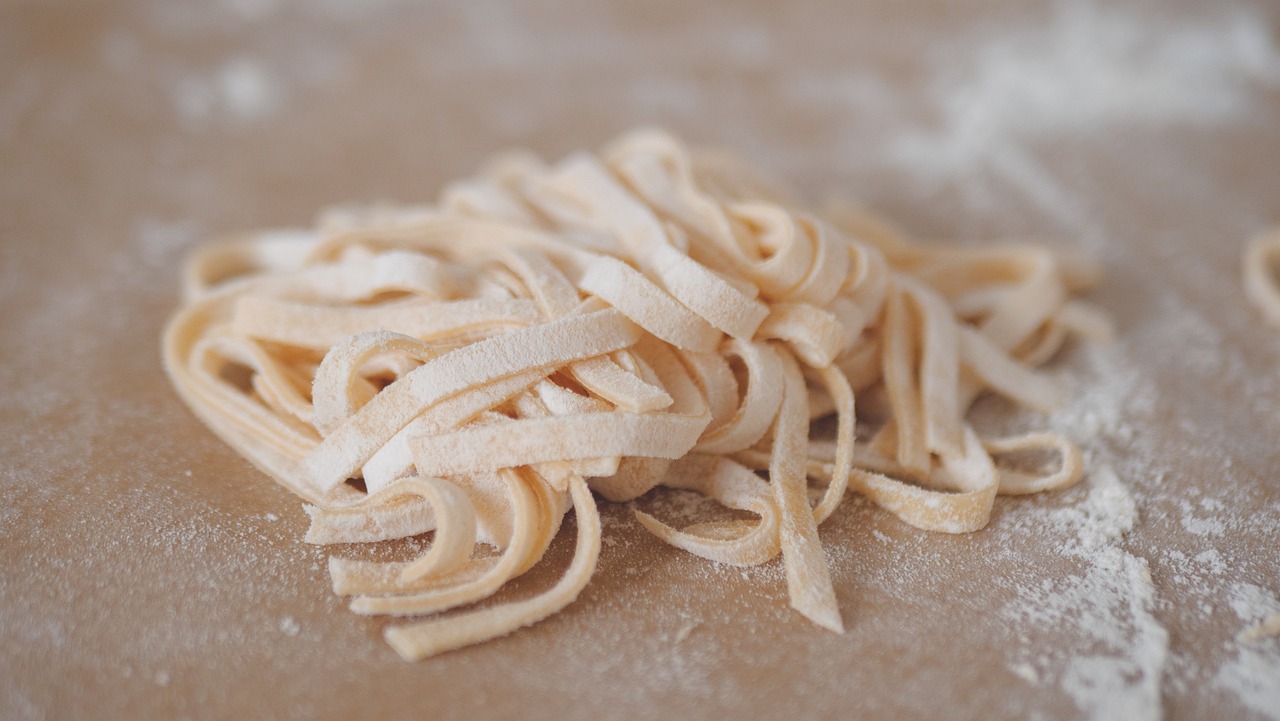
Making the Alfredo Sauce
When it comes to crafting the velvety Alfredo sauce that is the heart of a delicious plate of Fettuccine Alfredo, precision and attention to detail are key. The process begins with melting butter in a pan over low heat, ensuring it doesn't burn or brown. This step is crucial as it sets the foundation for the rich flavor profile of the sauce. Once the butter is melted, slowly pour in the heavy cream, stirring constantly to create a smooth and creamy base.
The next essential ingredient to add is freshly grated Parmesan cheese. This high-quality cheese not only adds a salty kick to the sauce but also contributes to its luxurious texture. Sprinkle the cheese into the pan a little at a time, allowing each addition to melt before adding more. This gradual incorporation ensures a silky consistency without any clumps.
As the sauce simmers gently, it thickens to the perfect coating consistency for the fettuccine pasta. The key is to continue stirring to prevent the sauce from sticking to the pan or becoming too thick. The result should be a glossy, decadent sauce that clings effortlessly to each strand of pasta, promising a burst of flavor in every bite.
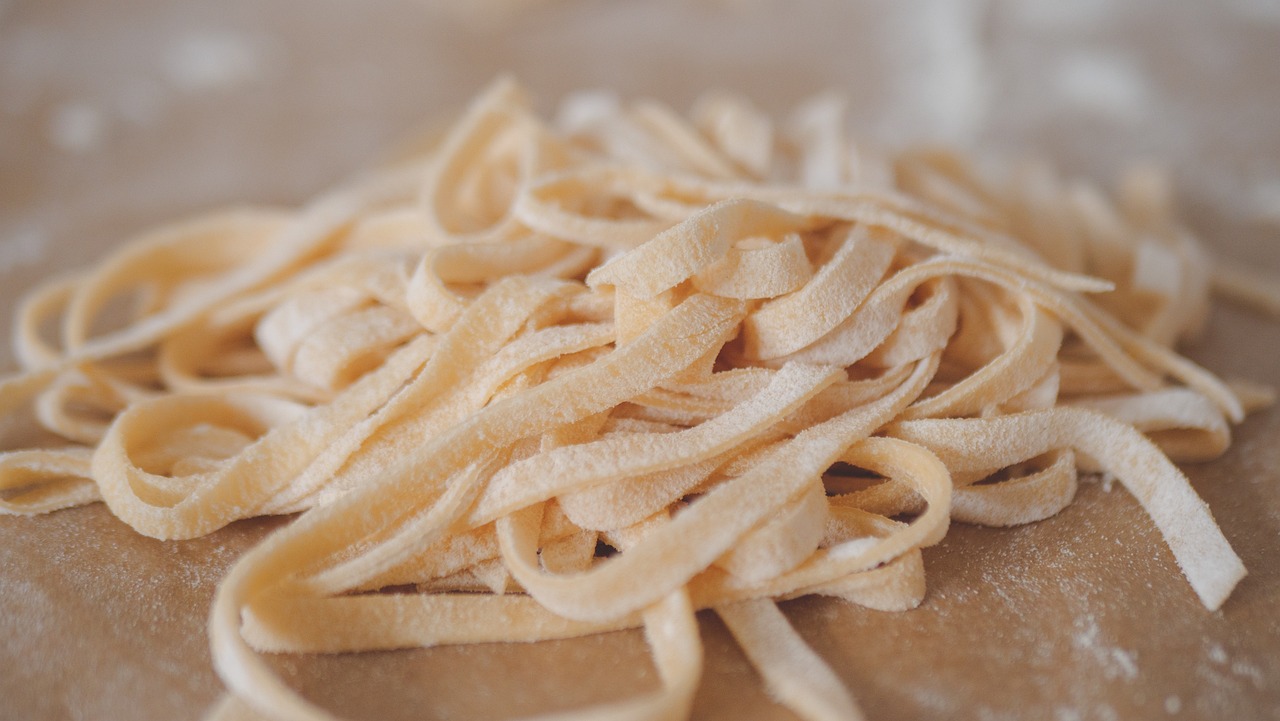
Serving and Garnishing
When it comes to serving Fettuccine Alfredo, presentation is key to enhancing the overall dining experience. A classic way to serve this dish is by twirling the creamy pasta onto a warm plate, creating a visually appealing mound that promises a delightful taste sensation. The rich aroma of the buttery sauce and Parmesan cheese will entice your senses even before the first bite.
To elevate the visual appeal of your Fettuccine Alfredo, consider garnishing the dish with freshly chopped parsley or basil. These vibrant green herbs not only add a pop of color to the plate but also provide a refreshing contrast to the creamy sauce. Sprinkling a touch of freshly ground black pepper on top can further enhance the flavors, adding a subtle kick to each bite.
For a touch of indulgence, you can also top your Fettuccine Alfredo with a generous shaving of high-quality Parmesan cheese. The sharp and nutty notes of the cheese complement the velvety sauce, creating a harmonious blend of flavors that will leave you craving for more. Remember, the key to garnishing is to strike a balance between aesthetics and taste, ensuring that every element on the plate serves a purpose in enhancing the dish.
Frequently Asked Questions
- What is the origin of Fettuccine Alfredo?
Fettuccine Alfredo originated in Rome, Italy, created by Alfredo di Lelio in the early 20th century. It was initially a simple dish made with butter, Parmesan cheese, and fettuccine pasta.
- What makes Authentic Fettuccine Alfredo different?
Authentic Fettuccine Alfredo stands out due to its rich and creamy sauce made from high-quality butter, Parmesan cheese, and fettuccine pasta cooked to perfection. The traditional recipe focuses on simplicity and premium ingredients.
- Can I use any type of pasta for Fettuccine Alfredo?
While fettuccine pasta is the classic choice for this dish, you can experiment with other pasta shapes. However, the flat, wide noodles of fettuccine are ideal for capturing the creamy sauce and providing a satisfying texture.
- How do I achieve the perfect Alfredo sauce consistency?
To achieve the ideal Alfredo sauce consistency, it's crucial to balance the butter, cream, and Parmesan cheese in the right proportions. Slowly melting the ingredients together over low heat while constantly stirring helps create a smooth and velvety sauce.
- What are some recommended garnishes for Fettuccine Alfredo?
Common garnishes for Fettuccine Alfredo include freshly ground black pepper, chopped parsley, or a sprinkle of additional Parmesan cheese. These additions not only enhance the visual appeal of the dish but also add extra layers of flavor.

